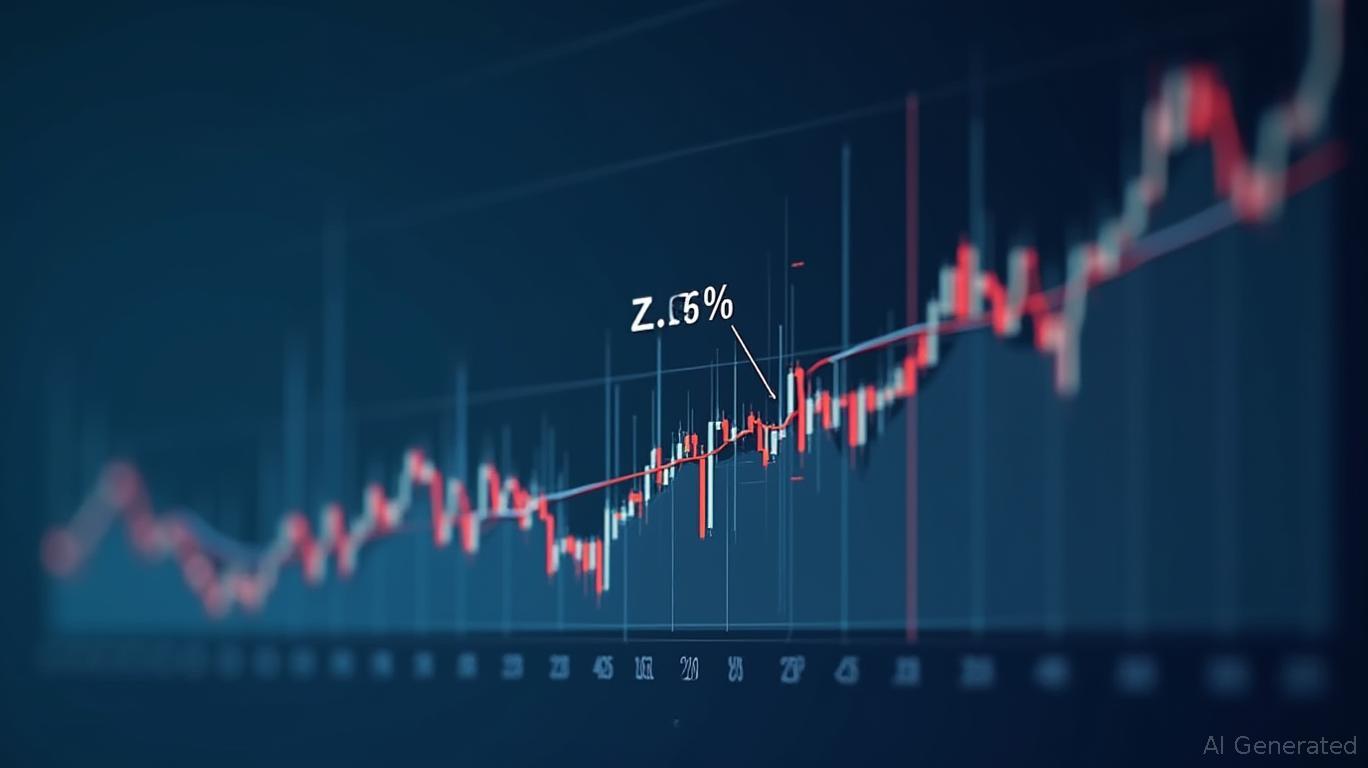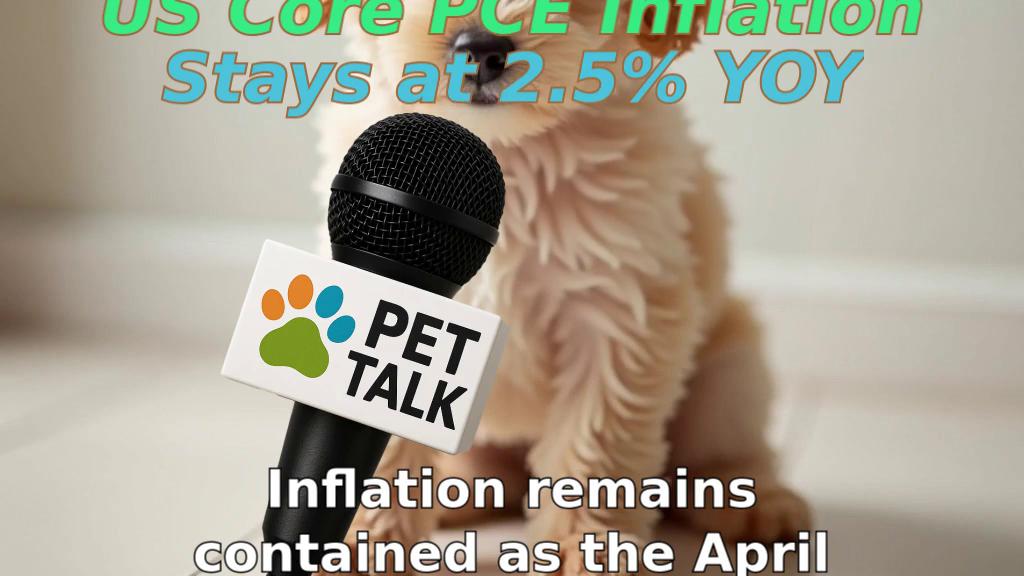Core PCE Inflation Stagnates, Fed Rate Cuts Uncertain
The March Personal Consumption Expenditures (PCE) report has presented a complex picture of inflation, casting uncertainty over the Federal Reserve's plans for rate cuts. The core PCE, which excludes volatile food and energy prices, remained flat in March. This stagnation suggests that underlying inflationary pressures may not be as transitory as previously hoped. However, past revisions to the data indicate that inflation has been more persistent than initially reported, which could delay any near-term expectations for rate cuts by the Federal Reserve.
The broader inflation picture shows a mixed trend. While inflation slowed sharply in March, moving closer to the Federal Reserve's 2% target, consumer spending continued to drive economic growth. This dual dynamic—where inflation is easing but economic activity remains robust—complicates the Fed's decision-making process. The central bank must balance the need to control inflation with the desire to support economic expansion.
The year-on-year core PCE inflation rate rose to 2.8%, fueling concerns about stagflation—a scenario where economic growth stagnates while inflation remains high. This increase has heightened worries about the sustainability of the current economic trajectory. Additionally, tariffs continue to be a significant concern, adding to the economic uncertainties that the Fed must navigate.
Consumer spending, a critical component of the economy, grew by 1.8% in March. This growth was supported by sectors such as healthcare and housing, indicating that domestic demand remains strong. However, the acceleration of core PCE inflation to a 3.5% annualized rate, well above the Fed's 2% target, adds another layer of complexity to the economic outlook. The Fed's revised Summary of Economic Projections (SEP) shows higher inflation at the end of 2025 and lower GDP growth, reflecting the challenging economic environment.
Investors and analysts are closely monitoring these developments, as the Fed's actions will have significant implications for financial markets and the broader economy. The mixed signals from the March PCE report suggest that the path forward for monetary policy is far from clear. The Fed will need to carefully assess the latest data and economic indicators to determine the appropriate course of action, balancing the need to control inflation with the goal of sustaining economic growth.


_b905d9341749265671656.jpg)








Hello everyone, if you require assistance with crypto trading get in touch with Madelyn Brookes
Contact her on Face———-book
please feel free to send her a text message. She will respond promptly to your inquiry.
She will guide and train you